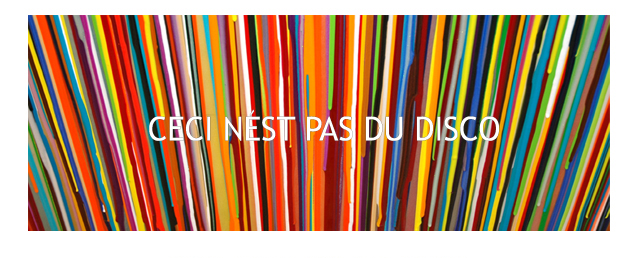|
|
|
 |
|

Vorab A few words in advance
Wolfgang Zemter
What's so fascinating about the world of Markus Linnenbrink? Artists' secrets certainly aren't revealed, for the Girke pupil doesn't hide anything. In fact, he uncovers. He takes his openness to the limit. The viewer can basically read how the artworks are produced. It is not the mastery of occult powers that is demanded, but the understanding of modern materials and the sets of instructions that go with them. The studio is a workshop or laboratory-and not a sorcerer's den.
The production process is itself a theme of theme of each work. Linnenbrink applies layer upon layer of paint (gaining in volume, it mutates in character from two to three dimensions). He lets paint run, trickle and drip, accumulate, tower up and fill shape. And later Linnenbrink bares the partially covered, at isolated points or over complete surfaces. He uses machines for this, including a router, for example. The picture becomes an object, a picture or even a sculpture, and the occult is revealed and also becomes public because it is transparent. At the same time. Linnenbrink does indeed "hide" used vessels, tools and refuse in his object. The knowledge of this doesn¡®t change the message of his work, though. The concealment is not a supernatural act; the objects are devoid of any fetish quality. Even when Linnenbrink uses photographic sequences as the bottom picture layer and partly reveals them later (by paring away layers of paint), it is not the content that it is important but their visual aspect.
And again and again (in over thirty exhibitions), Markus Linnenbrink has embellished entire walls, ceilings and floors and made them a central feature of his exhibition work. The viewer is confronted directly by the installation. The philosophers would use the term "sublime" to describe the effect. It is the immediate auratic radiance of the works themselves that astounds us. They always operate without narrative detours and are concrete in their appearance. And they are modern and appear contemporary as far as their colouration, materials and design quality are concerned. We are dealing with an artist who reacts to spirit of our time by using current materials and manipulating them appropriately-not without putting the will to design above technology, as his treatment of many traditional works on paper demon strates.
We owe the realization of this publication and associated exhibitions to cooperation between the Kunstverein Coesfeld, Kunstverein Guterslph and Markisches Museum. And they in turn wish to thank all their supporters and sponsors, and particularly the Land NRW which, through the funds of the Guterslah Arts Department, got the project off the ground in the first place. However, our special thanks go to the artist for his competent participation and willingness to create a new installation at each exhibition location. And last but not least, without the obligingness and commitment of Hartmul Kettler, this publication and its lavish presentation would not have been possible.
|
|
|
|
|